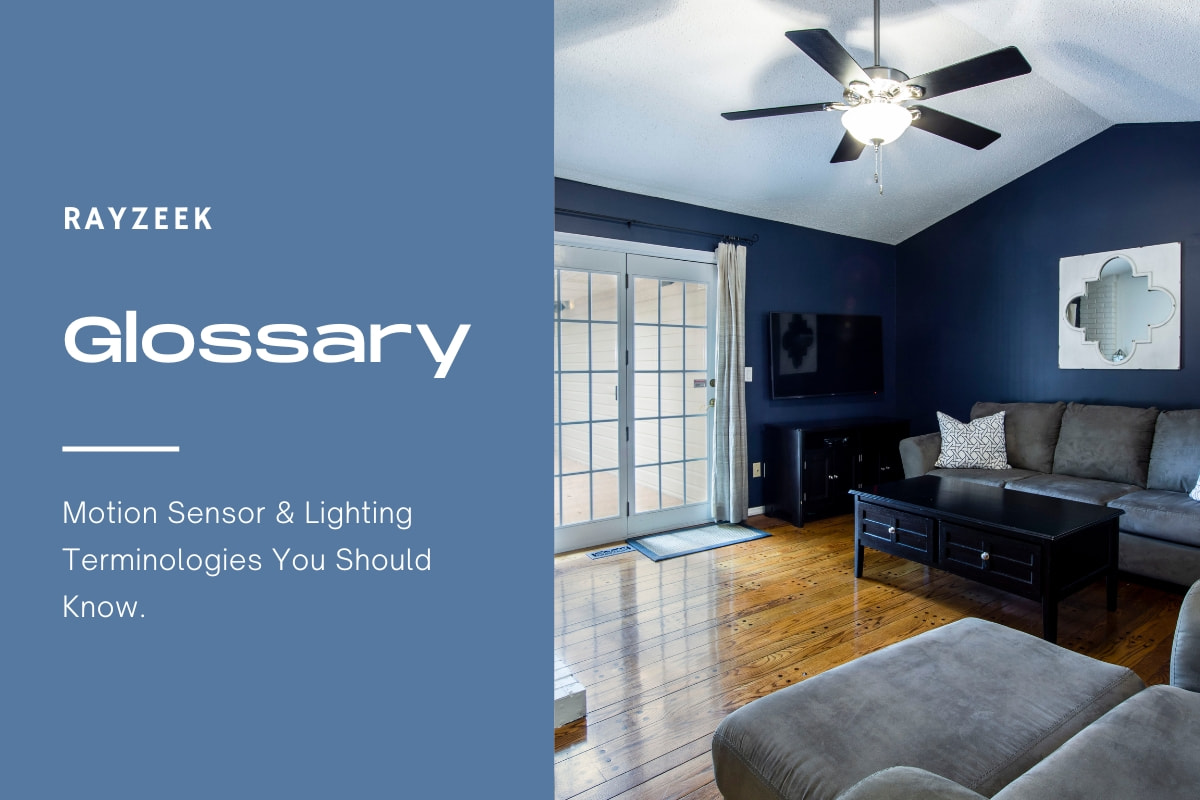What is Lighting Terminology
Lighting Terminology refers to the comprehensive collection of technical terms and definitions used in the lighting industry. It encompasses a wide range of terms related to various aspects of lighting, including types of lamps, measurement units, lighting fixtures, and electrical components. This specialized vocabulary is essential for professionals in the lighting industry to effectively communicate and understand the technical intricacies of lighting systems.
Get Inspired by Rayzeek Motion Sensor Portfolios.
Doesn't find what you want? Don't worry. There are always alternate ways to solve your problems. Maybe one of our portfolios can help.
By utilizing this terminology, industry experts can discuss and specify lighting requirements, design lighting layouts, and troubleshoot lighting issues with precision and accuracy. Having a thorough grasp of lighting terminology enables professionals to ensure efficient and accurate communication within the industry, facilitating seamless collaboration and successful implementation of lighting projects.
Frequently Asked Questions
What Type of Lighting Is Best
Currently, the most durable lighting option available in the market is LED (light-emitting diode) bulbs. These bulbs are designed to fit standard light sockets and are highly energy-efficient. Despite having a lower wattage than incandescent bulbs, LED bulbs produce the same amount of light output while consuming less energy.
What Are the 4 Categories of Lighting
There are four primary categories of lighting – ambient, task, accent, and decorative.
What Type of Lighting Is Brightest
When comparing different types of lighting products, LED lights are known for being the most energy efficient and providing a brighter light for the same wattage. In fact, high-quality LED fixtures can now produce approximately 170 lumens per watt, while a fluorescent light only emits around 110 lumens per watt.
What Type of Lighting Uses the Least Electricity
LEDs are a type of lighting that consume up to 90% less electricity and have a lifespan up to 25 times longer than traditional incandescent bulbs.









